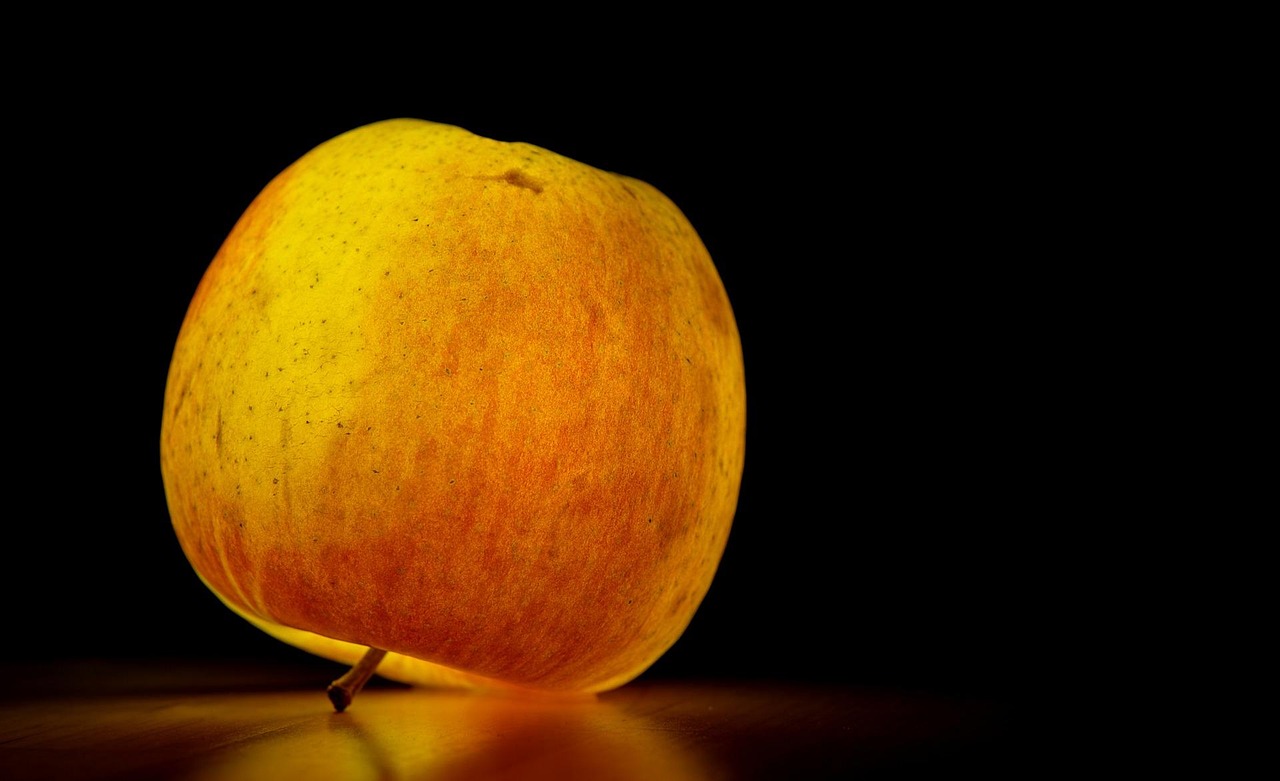“`html
In today’s health-conscious world, high-protein diets have gained unprecedented popularity. Whether you’re looking to build muscle, lose weight, or simply improve your overall health, a diet rich in protein can offer numerous benefits. As we dive into the world of high-protein diets, we will explore what they are, their benefits, types of protein sources, effective meal planning, and tips for incorporating more protein into your diet.
What is a High-Protein Diet?
A high-protein diet is one that emphasizes the intake of protein-rich foods while reducing carbohydrates and fats. Typically, this means consuming around 25-30% of your daily calories from protein. For some, the quest for higher protein intake might involve tracking macros or adhering to specific dietary plans.
Understanding Protein
Protein is an essential macronutrient composed of amino acids, which are the building blocks of muscles, tissues, and enzymes. Here are several key points to understand about protein:
- Types of Protein: Proteins can be categorized into two main types: complete (animal-based) and incomplete (plant-based).
- Amino Acids: There are 20 amino acids, nine of which are considered essential, meaning they must be obtained from food.
- Daily Requirements: The Recommended Dietary Allowance (RDA) for protein is 0.8 grams per kilogram of body weight for the average adult.
The Benefits of a High-Protein Diet
Implementing a high-protein diet can lead to various health benefits. Here are some of the most notable:
- Weight Management: Protein boosts satiety and can help reduce cravings, making it easier to maintain a healthy weight.
- Muscle Growth and Repair: Higher protein intake supports muscle recovery and growth, particularly after exercise.
- Boosted Metabolism: Protein has a higher thermic effect than fats and carbohydrates, meaning your body burns more calories digesting it.
- Improved Bone Health: Studies have shown that adequate protein intake can support bone density and strength.
Types of Protein Sources
When embarking on a high-protein diet, it’s essential to understand your protein sources. They can be divided into two main categories:
Animal-Based Proteins
- Meat: Chicken, turkey, lean beef, and pork are excellent sources of protein.
- Dairy: Yogurt, cheese, and milk offer high protein content along with essential nutrients like calcium.
- Fish: Salmon, tuna, and trout not only provide protein but also healthy omega-3 fatty acids.
Plant-Based Proteins
- Legumes: Beans, lentils, and chickpeas are great sources of protein and fiber.
- Nuts and Seeds: Almonds, chia seeds, and hemp seeds offer healthy fats along with protein.
- Whole Grains: Quinoa, brown rice, and oats contribute to your protein intake when incorporated into meals.
Effective Meal Planning for a High-Protein Diet
Planning is crucial to ensure you meet your protein goals. Here are some practical steps to structure your meals:
- Track Your Intake: Use apps or journals to keep track of your daily protein consumption.
- Choose Protein-Rich Snacks: Opt for snacks like Greek yogurt, protein bars, or a handful of nuts to boost your protein intake.
- Incorporate Foods in Every Meal: Aim to make protein a part of each meal—breakfast should include eggs or protein smoothies, lunch should include lean meat or legumes, and dinner could feature fish or tofu.
Tips for Incorporating More Protein
Here are some actionable takeaways to help you seamlessly increase your protein intake:
- Start Your Day with Protein: Begin with eggs, Greek yogurt, or a protein shake.
- Experiment with Protein Supplements: If needed, consider adding protein powders to smoothies or baked goods.
- Prioritize Protein in Meals: When dining out, choose dishes where proteins are the main ingredient.
Practical examples include swapping traditional bread for high-protein bread options, or trying protein-enriched pasta alternatives to increase intake without sacrificing enjoyment.
Conclusion
A high-protein diet offers numerous health benefits, including enhanced weight management, improved muscle growth, and increased metabolic rate. By understanding the types of protein sources available and effectively planning your meals, you can easily incorporate more protein into your diet. With small but deliberate changes, anyone can achieve a balanced, protein-rich diet that supports their health goals. Remember, it’s not just about the quantity of protein, but also the quality, so choose a variety of protein sources to maximize your nutritional intake.
“`



